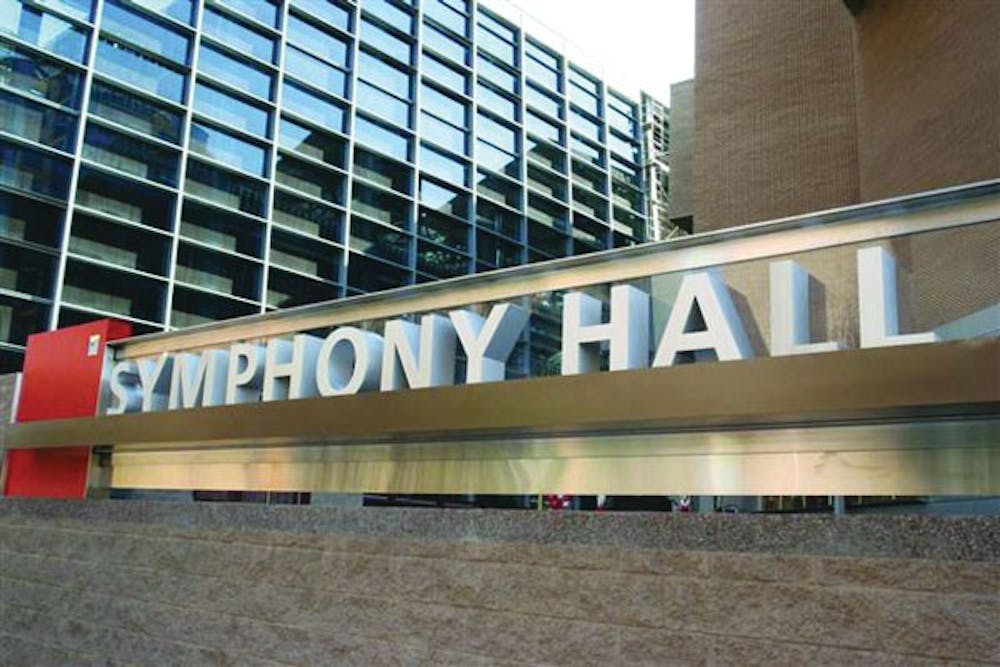Going to the symphony is sometimes considered “boring” among the younger crowds since it’s often associated with a middle-aged, upper-class audience. But the Phoenix Symphony proved that stereotype wrong after its opening nights on Sept. 20 through 22 when it started its season with Beethoven’s Violin Concerto.
Another stereotype was broken when the conductor, Sarah Hicks, set foot on stage. In movies and books, symphony conductors are usually portrayed as wiry white-haired old men wearing all black, but Hicks was the complete opposite. The young and petite woman, wearing a sequined top while letting her hair fall loose, has been praised in many reviews. According to the St. Paul Pioneer Press, “Her confidence was apparent, her abilities obvious.”
Maestra Hicks’s obvious abilities were shining as soon as she started conducting the first piece of the concert: “Overture to Candide” by Leonard Bernstein. This short allegro piece sounded like a bunch of woodland creatures running around in an enchanted forest. The symphony filled the hall with allegro melodies varying from the piano sounds of the flute to the forte sounds of the ensemble chiming in together.
The symphony then proceeded to play Beethoven’s concerto with guest violin soloist Elena Urioste. This piece was composed of different sections, mostly dominated by the strings of the ensemble, which harped away a beautiful and serious melody. The soloist would lose herself in her music, playing with so much passion and fluidity that she hypnotized the crowd as she ran through octaves. At the end of Beethoven’s piece, she received a standing ovation from the crowd.
After the intermission, the symphony played a piece by Johannes Brahms called “Hungarian Dances,” which was short but sweet.
Lastly, and probably one of the most entertaining moments of the night, was a performance of selective songs from the award-winning musical, “West Side Story.” The musicians even included the famous snaps that are showcased in the musical. The first few melodies were playful and almost mischievous. Then, the Mambo and Cha-Cha engulfed the hall with its eccentric melodies making it hard for the audience to not get up and dance. The finale was full of melancholy, but was nevertheless beautiful.
The Phoenix Symphony told the story through the music so vividly that it is impossible not to imagine the characters of the musical in your head. Hicks managed to deliver a concert that appealed to all crowds with classics from the 1800s and this century.
According to the Phoenix Convention Center, the Symphony Hall was created in 1972 and has been home to not only the Phoenix Symphony but also the Arizona Opera, Ballet Arizona and several other incoming Broadway tours.
Contrary to most beliefs, attending a concert is quite affordable for the average student. The hall sells student rush tickets one hour prior to the beginning of the concert at only $11.50 for students with school identification. Unlike going to the movies, dress code is enforced. Ladies are required to wear appropriate dresses and men, button-up shirts and slacks.
The Phoenix Symphony proved to not only entertain the older generations but also the college students looking for entertainment on a Saturday night besides going to a bar on Mill Avenue.
Reach the reporter at dprado1@asu.edu





